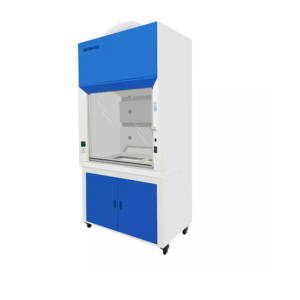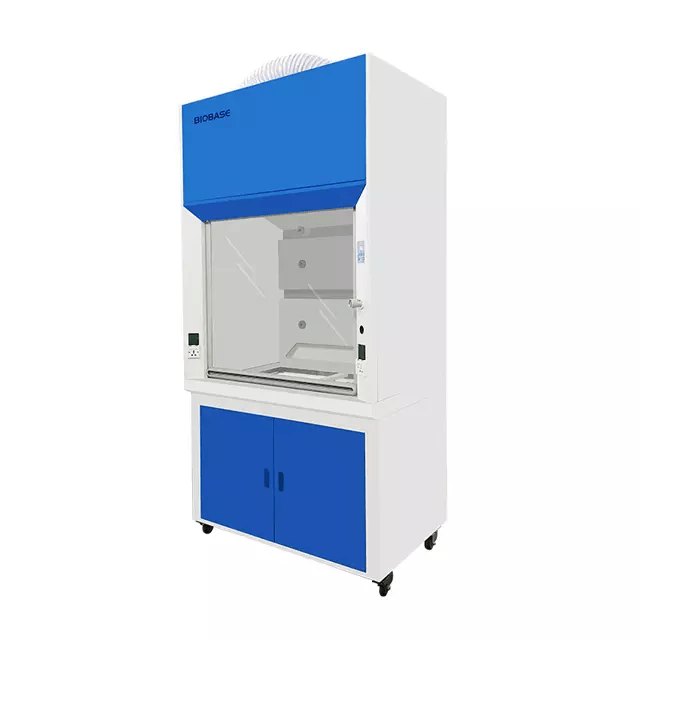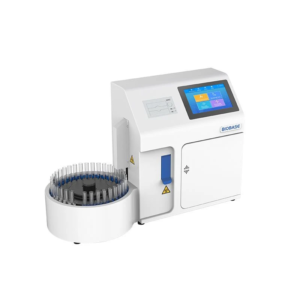BIOBASE
BIOBASE Group is specialized in products of 8 areas including medical diagnosis, biosafety protection, disinfection and sterilization, water purification system, infant care products, cold chain products, software products, clean room project. Gathering up a professional team of experts, scholars as well as other scientific research personnels, their company has obtained patents and expanded marketing for multiple products such as the self-developed Biochemistry analyzer, 107 kinds of Reagents, Automatic Elisa processor, Medical sterilization instrument and Biosafety protection equipment. BIOBASE Group have completed the construction of BIOBASE first industrial park in Zhangqiu, covering an area of 80,000 square meters, second industrial park in Tangye new district, covering an area of 160,000 square meters, and USA incubator in Silicon valley, covering an area of 2000 square meters. BIOBASE Group has certificates including ISO9001, ISO13485, ISO 14001, SGS, CE, NSF, EN, FDA, etc.









user –
Excellent
Joseph VT –
Fume Hood – good product ⭐️⭐️⭐️⭐️⭐️